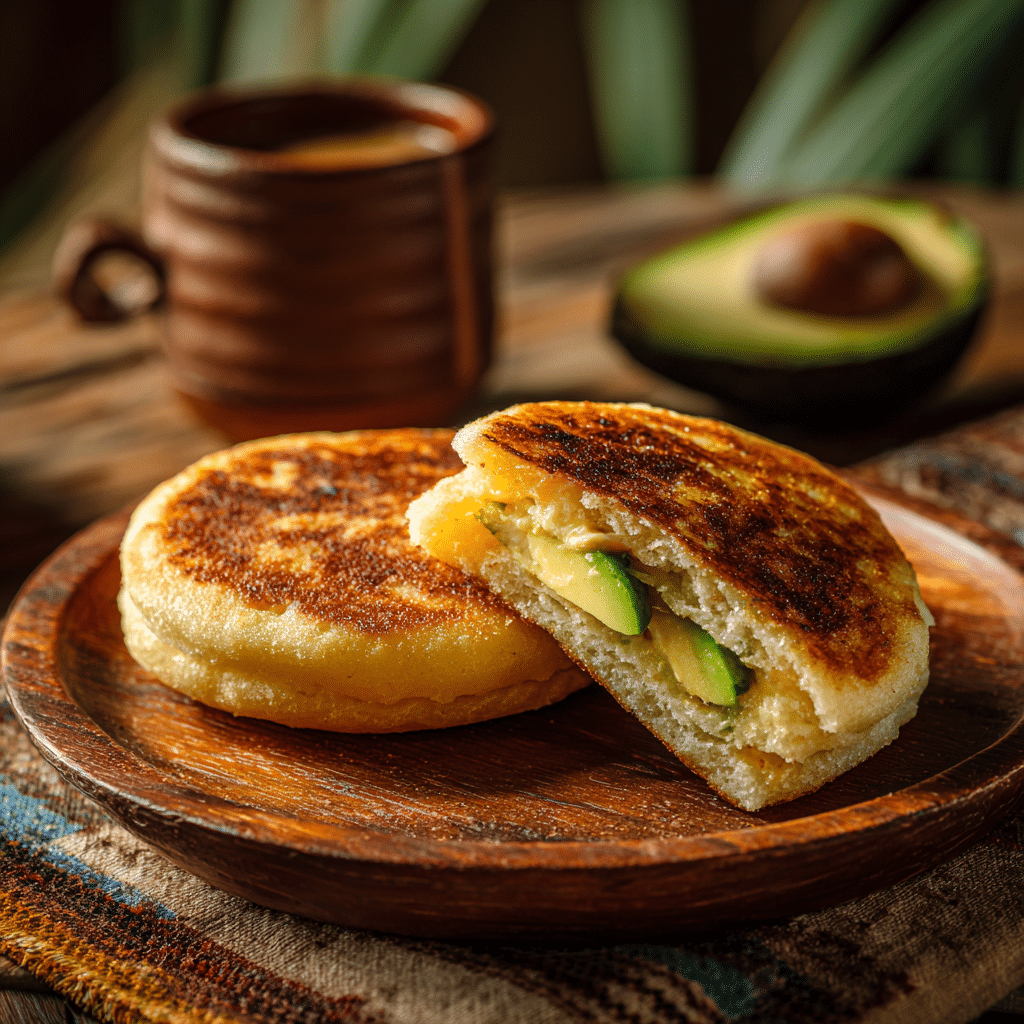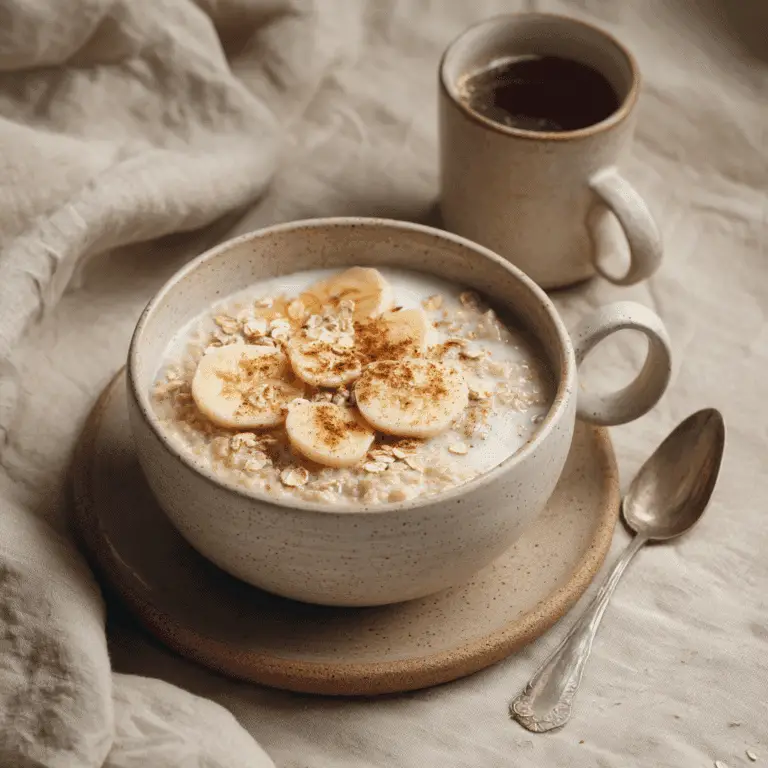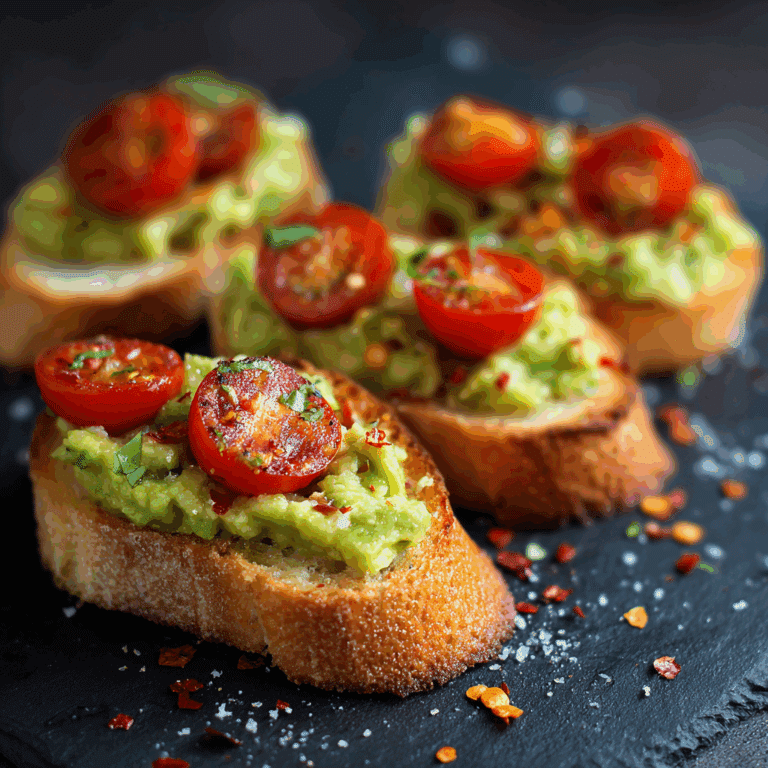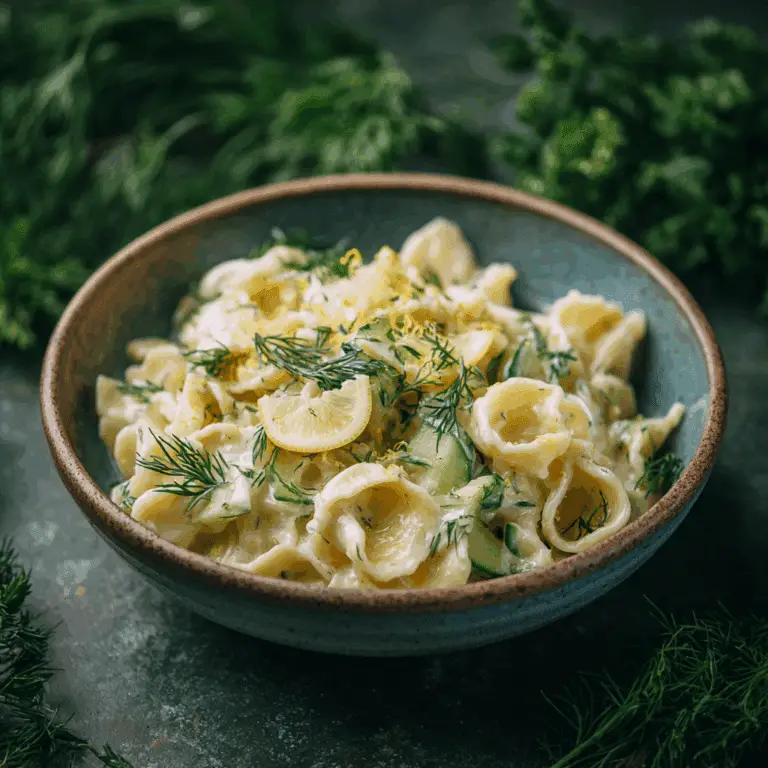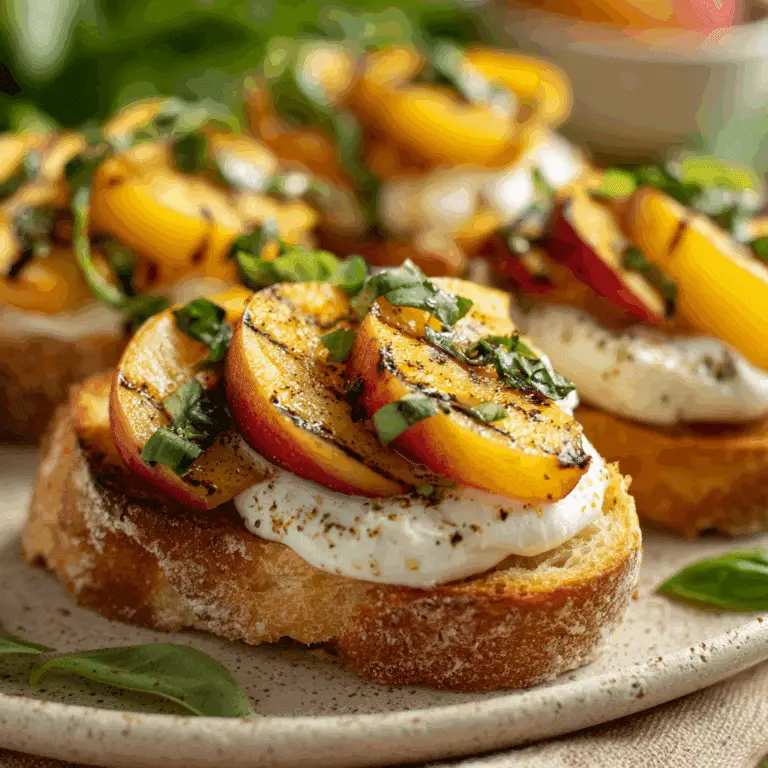Arepas (Venezuela / Colombia) Recipe
There is something truly magical about Arepas (Venezuela / Colombia) that makes them an absolute favorite for many food lovers around the world. Picture golden corn cakes with the perfect crispy crust on the outside and a soft, tender center inside—a simple yet incredibly satisfying dish that invites endless creativity. These delightful patties can be sliced open and stuffed with creamy cheese, fresh avocado, or any filling your heart desires. Whether you’re new to Latin American cuisine or a seasoned enthusiast, Arepas (Venezuela / Colombia) bring a cozy, comforting vibe to your table that feels like a warm hug from an old friend.
Ingredients You’ll Need

Ingredients You’ll Need
Getting the ingredients right for Arepas (Venezuela / Colombia) is all about embracing simplicity and quality. Each component plays a distinct role in creating those iconic corn cakes, with texture, taste, and even color coming together beautifully.
- 2 cups precooked corn flour (masarepa): This is the soul of the Arepas, providing that authentic corn flavor and perfect texture, so make sure it’s specifically precooked for best results.
- 1 ½ cups warm water: Warm water helps hydrate the corn flour, making the dough soft and pliable, which is essential for forming smooth patties.
- 1 tbsp oil: A little oil adds moisture and helps give those golden crusts their irresistible crispness when cooking.
- ½ tsp salt: Just enough to enhance the natural sweetness of the corn while balancing the overall flavor.
How to Make Arepas (Venezuela / Colombia)
Step 1: Mix the Dough
Start by combining the precooked corn flour and salt in a bowl. Slowly pour in the warm water, mixing continuously to avoid lumps. Once everything is moistened, add the oil and knead the mixture with your hands until you get a soft, slightly sticky dough that holds together without cracking. Let it rest for a few minutes if it feels too dry.
Step 2: Form the Patties
Divide the dough into six equal portions and roll each into a ball. Flatten the balls gently with your hands to create round patties about 1/2 inch thick. The uniform thickness helps ensure even cooking and that pleasing contrast of crust to soft center we all love.
Step 3: Cook the Arepas
Heat a skillet or griddle over medium heat and lightly grease it. Place the patties onto the skillet and cook for 6 to 7 minutes on each side, until they develop a gorgeous golden-brown crust. The aroma will start to fill your kitchen, inviting you closer. Once cooked, you’ll notice a beautifully crispy exterior holding a moist, tender inside.
How to Serve Arepas (Venezuela / Colombia)
Garnishes
One of the best parts about Arepas (Venezuela / Colombia) is how versatile they are with garnishes. Classic fillings like shredded cheese, smashed avocado, or even black beans add layers of flavor and texture. Experimenting with sautéed vegetables or spicy sauces can elevate your plate from simple to spectacular instantly.
Side Dishes
Arepas easily complement a variety of side dishes, creating a well-rounded meal. Fresh salads, tangy pickled vegetables, or grilled meats pair beautifully. Think bright, fresh notes to balance the hearty, golden cakes.
Creative Ways to Present
Beyond splitting and stuffing, consider slicing Arepas horizontally and crisping them a second time for a sandwich effect. You can cut them into smaller rounds for an appetizer platter or top with colorful, vibrant salsas and garnishes to wow your guests. The possibilities are as exciting as your imagination.
Make Ahead and Storage
Storing Leftovers
If you have leftover Arepas (Venezuela / Colombia), they store well in an airtight container in the refrigerator for up to 3 days. Keep them separated by parchment paper to maintain their texture and prevent sticking.
Freezing
Arepas freeze wonderfully. Place them in a single layer on a baking sheet, freeze until firm, then pack them into freezer bags. They can be kept frozen for up to 2 months, making them a fantastic make-ahead option for busy days.
Reheating
To enjoy your Arepas later, reheat gently in a skillet over medium heat until warmed through and crispy again, or pop them in a toaster oven. Avoid microwaving if you want to keep that prized crust intact.
FAQs
What is the difference between Venezuelan and Colombian arepas?
Both Venezuelan and Colombian Arepas share similar base ingredients but vary in thickness, size, and fillings preferred regionally. Venezuelan Arepas tend to be thicker and are often stuffed, while Colombian Arepas may be thinner and sometimes consumed plain or with simple toppings.
Can I use regular cornmeal instead of precooked corn flour?
It’s important to use precooked corn flour (masarepa) for authentic Arepas because it’s specially treated to hydrate quickly and hold shape. Regular cornmeal won’t yield the same texture and can lead to crumbly or hard results.
Are Arepas gluten-free?
Yes! Since they’re made from corn flour, Arepas naturally contain no gluten, making them an excellent choice for those with gluten sensitivities or celiac disease.
How do I know when the Arepas are cooked through?
You’ll notice a golden-brown crust on both sides and a slight puffiness in the center. When pressed lightly, they should feel firm but give slightly, indicating a tender inside. Cutting one open to check for a steamed, soft texture is always reassuring.
Can I add other ingredients to the dough, like cheese or herbs?
Absolutely! Mixing cheese, herbs, or spices into the dough can add wonderful flavor variations. Just be mindful that added moisture or strong ingredients may slightly change the texture, so adjust cooking time accordingly.
Final Thoughts
Arepas (Venezuela / Colombia) are more than just simple corn cakes; they are a gateway to a world of rich flavors and heartwarming tradition. Whether you keep them classic or get creative with your fillings, making and sharing Arepas invites a joyful sense of discovery and connection. So go ahead, embrace this delicious journey and bring a little taste of Venezuelan and Colombian comfort into your kitchen today!

